Code
HCS28781
Weight
6.42 Kg / 14.15 lbs
Size
Height
65cm (26") Width
25cm (10") Depth
16cm (6") Material
Brass
Availability
Available

Safe Payment
We accept Paypal, Money Transfer, Bank Transfer
Confidence
Protection covers your purchase and personal data.
Worldwide Delivery
We ship Worldwide, except Russia.Shipping cost US$25.2 for upto 0.5 kgs

Hotline
Talk to help line for your question on 9841267335Process: Sand Casting
This Buddhist Statue Of Maya Devi, [sand Casting], Glossy Finishing has been created using the sand casting system, also known as sand molding casting. This widely employed manufacturing process utilizes a sand mold to produce metal products and components in various sizes and shapes. Sand casting holds significant popularity in the industry, accounting for approximately 60% of all metal castings. The sand casting process involves six primary steps. First, a pattern or replica of the desired sculpture, in this case, Buddhist Statue Of Maya Devi, [sand Casting], Glossy Finishing, is created using a material like wood or metal. The pattern is then placed in a flask, which is a box-like structure divided into two halves. The next step involves packing the flask tightly with specially formulated molding sand, creating a mold cavity that matches the shape of the pattern. The pattern is subsequently removed, leaving behind a negative impression of the sculpture within the sand mold. Read More . . .
This Buddhist Statue Of Maya Devi, [sand Casting], Glossy Finishing has been created using the sand casting system, also known as sand molding casting. This widely employed manufacturing process utilizes a sand mold to produce metal products and components in various sizes and shapes. Sand casting holds significant popularity in the industry, accounting for approximately 60% of all metal castings. The sand casting process involves six primary steps. First, a pattern or replica of the desired sculpture, in this case, Buddhist Statue Of Maya Devi, [sand Casting], Glossy Finishing, is created using a material like wood or metal. The pattern is then placed in a flask, which is a box-like structure divided into two halves. The next step involves packing the flask tightly with specially formulated molding sand, creating a mold cavity that matches the shape of the pattern. The pattern is subsequently removed, leaving behind a negative impression of the sculpture within the sand mold. Read More . . .
Brief Introduction :
Queen Maya of Sakya (Mayadevi) was the birth mother of the historical Gautama Buddha, Siddhartha of the Gautama gotra, and sister of Mahāpajāpatī Gotamī the first Buddhist nun ordained by the Buddha. "Maya" means "illusion" or "enchantment" in Sanskrit and Pāli. Māyā is also called Mahāmāyā ("Great Māyā") and Māyādevī ("Queen, literally a female-deva, 'goddess,' Māyā"). In Tibetan she is called Gyutrulma. Queen Mayadevi was born in Devadaha kingdom of Nepal.Māyā married king Śuddhodana (Pāli: Suddhodana), the ruler of the Śākya clan of Kapilvastu. She was the daughter of King Śuddhodhana's uncle and therefore his cousin; her father was king of Devadaha.
Iconography :Queen Maya devi is often seen standing in front of a tree holding its branch, this is the posture how she gave brith to Buddha. some also believe that Buddha took birth from the armpits of Queen Mayadevi. also when she is presented in the description of Buddha life story, She is seen sleep in her royal bed Dreaming of a white elephant(transportation lord Indra, King of Heaven).Some also believe that Queen Maya had this dream prior to conception, some versions of the life story of the Buddha say that he was conceived without sexual activity. This interpretation has led to parallels being drawn with the birth story of Jesus.
Birth of Buddha :Queen Māyā and King Suddhodhana did not have children for twenty years into their marriage. According to legend, One full moon night, sleeping in the palace, the queen had a vivid dream. She felt herself being carried away by four devas (spirits) to Lake Anotatta in the Himalayas. After bathing her in the lake, the devas clothed her in heavenly cloths, anointed her with perfumes, and bedecked her with divine flowers. Soon after a white elephant, holding a white lotus flower in its trunk, appeared and went round her three times, entering her womb through her right side. Finally the elephant disappeared and the queen awoke, knowing she had been delivered an important message, as the elephant is a symbol of greatness in Nepal[1]. According to Buddhist tradition, the Buddha-to-be was residing as a Bodhisattva, in the Tuṣita heaven, and decided to take the shape of a white elephant to be reborn on Earth for the last time. Māyā gave birth to Siddharta c. 563 BCE. The pregnancy lasted ten lunar months. Following custom, the Queen returned to her own home for the birth. On the way, she stepped down from her palanquin to have a walk under the Sal tree (Shorea robusta), often confused with the Ashoka tree (Saraca asoca), in the beautiful flower garden of Lumbini Park, Lumbini Zone, Nepal. Maya Devi was delighted by the park and gave birth standing while holding onto a sal branch. Legend has it that Prince Siddhārtha emerged from her right side. It was the eighth day of April. Some accounts say she gave him his first bath in the Puskarini pond in Lumbini Zone. But legend has it that devas caused it to rain to wash the newborn babe. He was later named Siddhārtha, "He who has accomplished his goals" or "The accomplished goal".
Research in Wisdom Quarterly: American Buddhist Journal[citation needed] shows that the details of the legendary account coincide exactly with the existing Indian mythology of fertility goddesses, Salabhanjikas, "breaking a branch of a Sala tree"), often depicted standing against trees with one leg bent up and one hand holding a branch. They are believed to be virginal and capable of making a tree bear flowers. Parallels to this myth may survive in early Christianity: according to the Dead Sea Scrolls, the chaste or "virgin" Mary was a much older woman who miraculously conceived of a child by the intervention of the Holy Spirit of Jehovah (See Luke 1:35).
Queen Māyā died seven days after the birth of the Buddha-to-be Bodhisatta and was reborn in the Tavatimsa Heaven, where the Buddha later preached the Abhidharma to her. Her sister Prajāpatī (Pāli: Pajāpatī or Mahāpajāpatī Gotamī) became the child's foster mother.
After Prince Siddhartha had attained perfection and become the Buddha, he visited his mother in heaven for three months to pay respects and to teach the Dharma.
Research in Wisdom Quarterly: American Buddhist Journal[citation needed] shows that the details of the legendary account coincide exactly with the existing Indian mythology of fertility goddesses, Salabhanjikas, "breaking a branch of a Sala tree"), often depicted standing against trees with one leg bent up and one hand holding a branch. They are believed to be virginal and capable of making a tree bear flowers. Parallels to this myth may survive in early Christianity: according to the Dead Sea Scrolls, the chaste or "virgin" Mary was a much older woman who miraculously conceived of a child by the intervention of the Holy Spirit of Jehovah (See Luke 1:35).
Queen Māyā died seven days after the birth of the Buddha-to-be Bodhisatta and was reborn in the Tavatimsa Heaven, where the Buddha later preached the Abhidharma to her. Her sister Prajāpatī (Pāli: Pajāpatī or Mahāpajāpatī Gotamī) became the child's foster mother.
After Prince Siddhartha had attained perfection and become the Buddha, he visited his mother in heaven for three months to pay respects and to teach the Dharma.


![Buddhist Statue Of Maya Devi, [sand Casting], Glossy Finishing](https://handicraftseller.com/uploads/pics/product/thumb/2023/03/28781.jpg)
![Buddhist Statue Of Maya Devi, [sand Casting], Glossy Finishing](https://handicraftseller.com/uploads/pics/product/thumb/2023/03/28781_0.jpg)
![Buddhist Statue Of Maya Devi, [sand Casting], Glossy Finishing](https://handicraftseller.com/uploads/pics/product/thumb/2023/03/28781_1.jpg)
![Buddhist Statue Of Maya Devi, [sand Casting], Glossy Finishing](https://handicraftseller.com/uploads/pics/product/thumb/2023/03/28781_2.jpg)
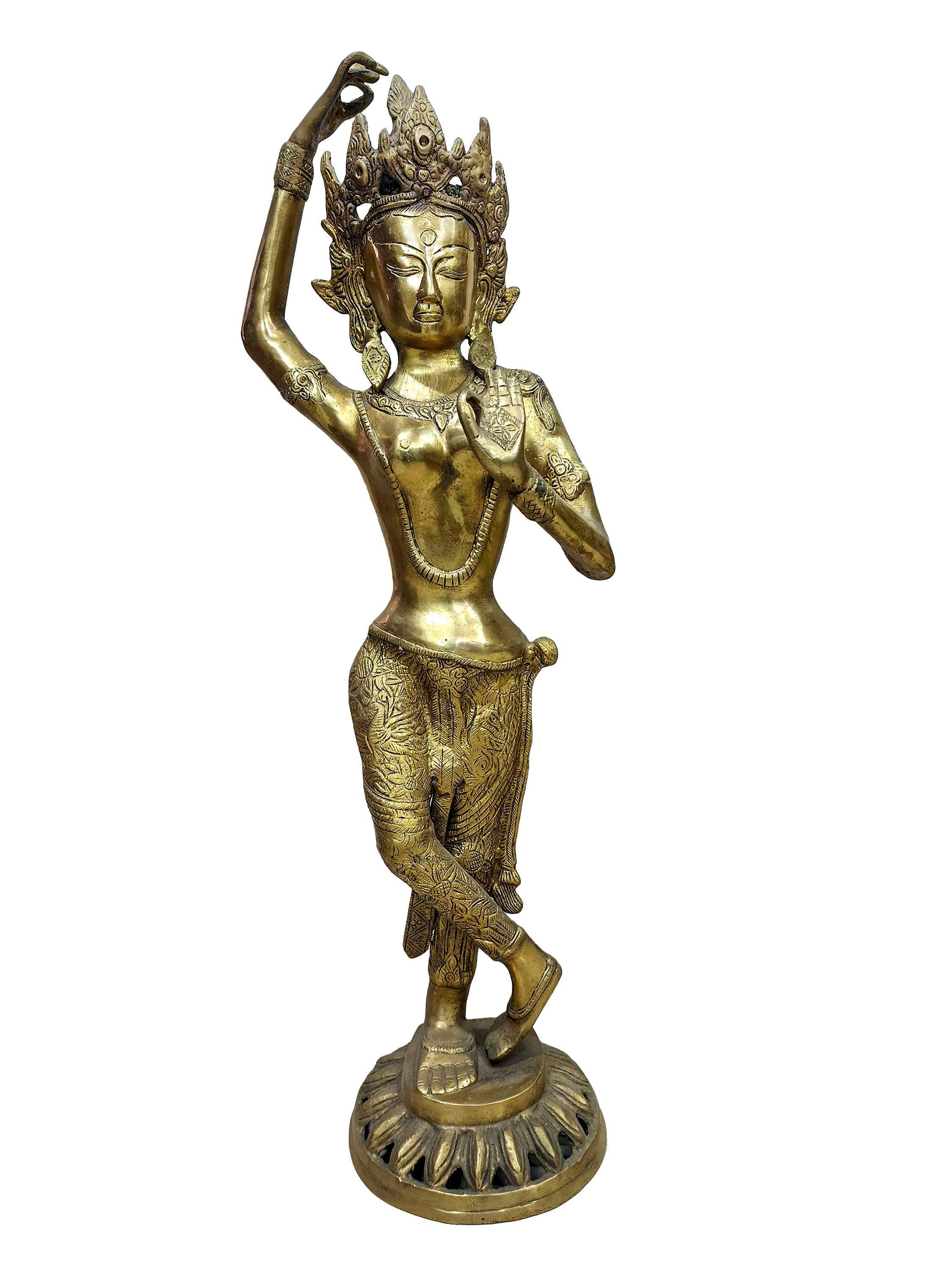
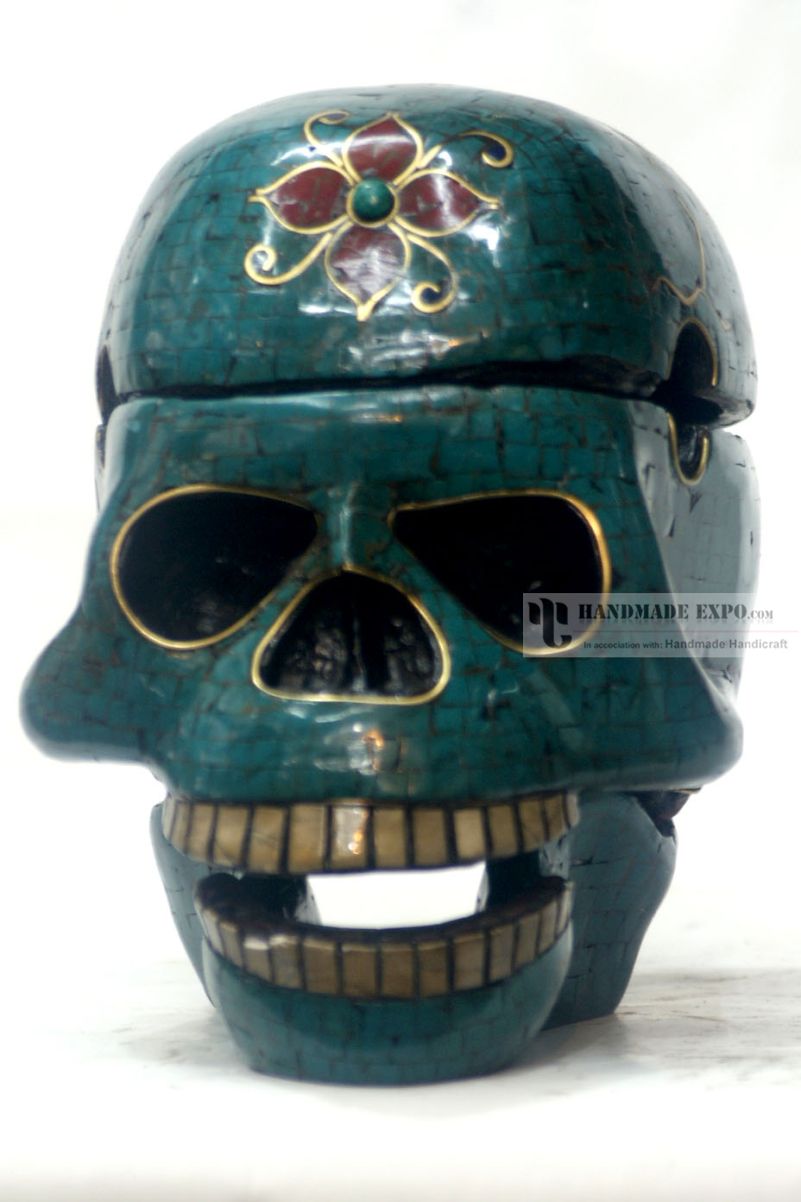 with Turquoise Stone Setting" title="Skull Ash Tray
with Turquoise Stone Setting" title="Skull Ash Tray 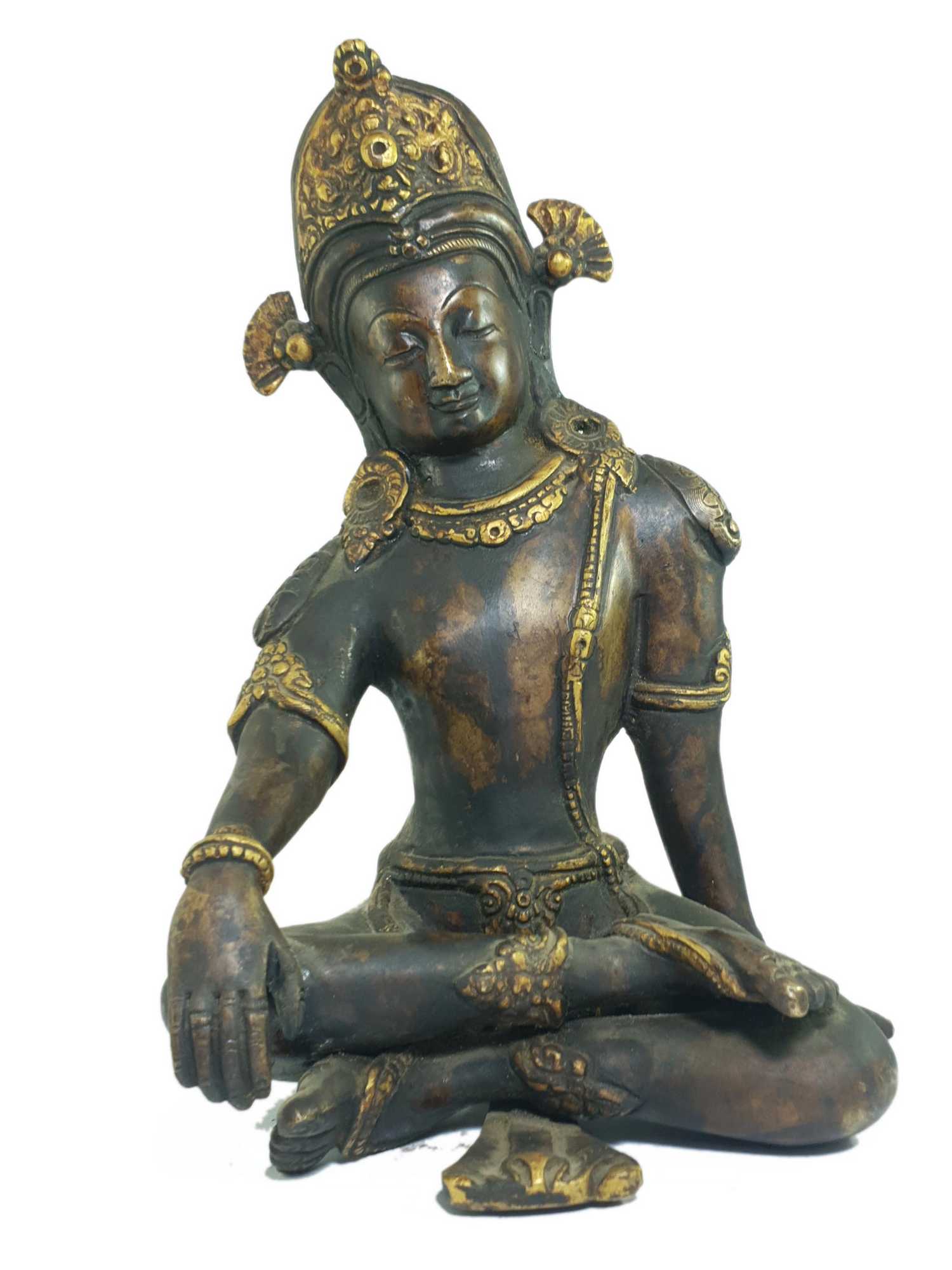 of Indra,
of Indra, 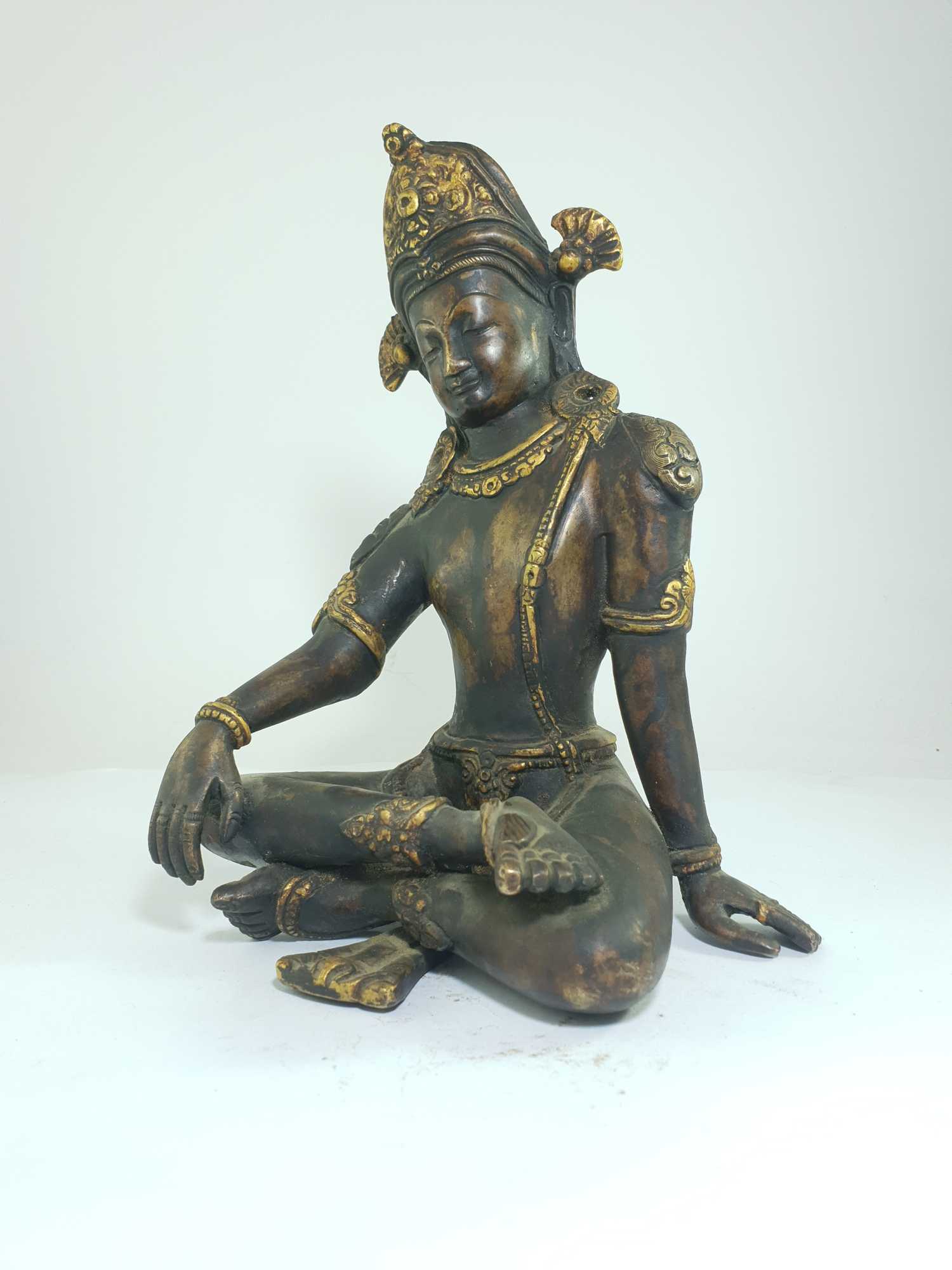 of Indra,
of Indra, 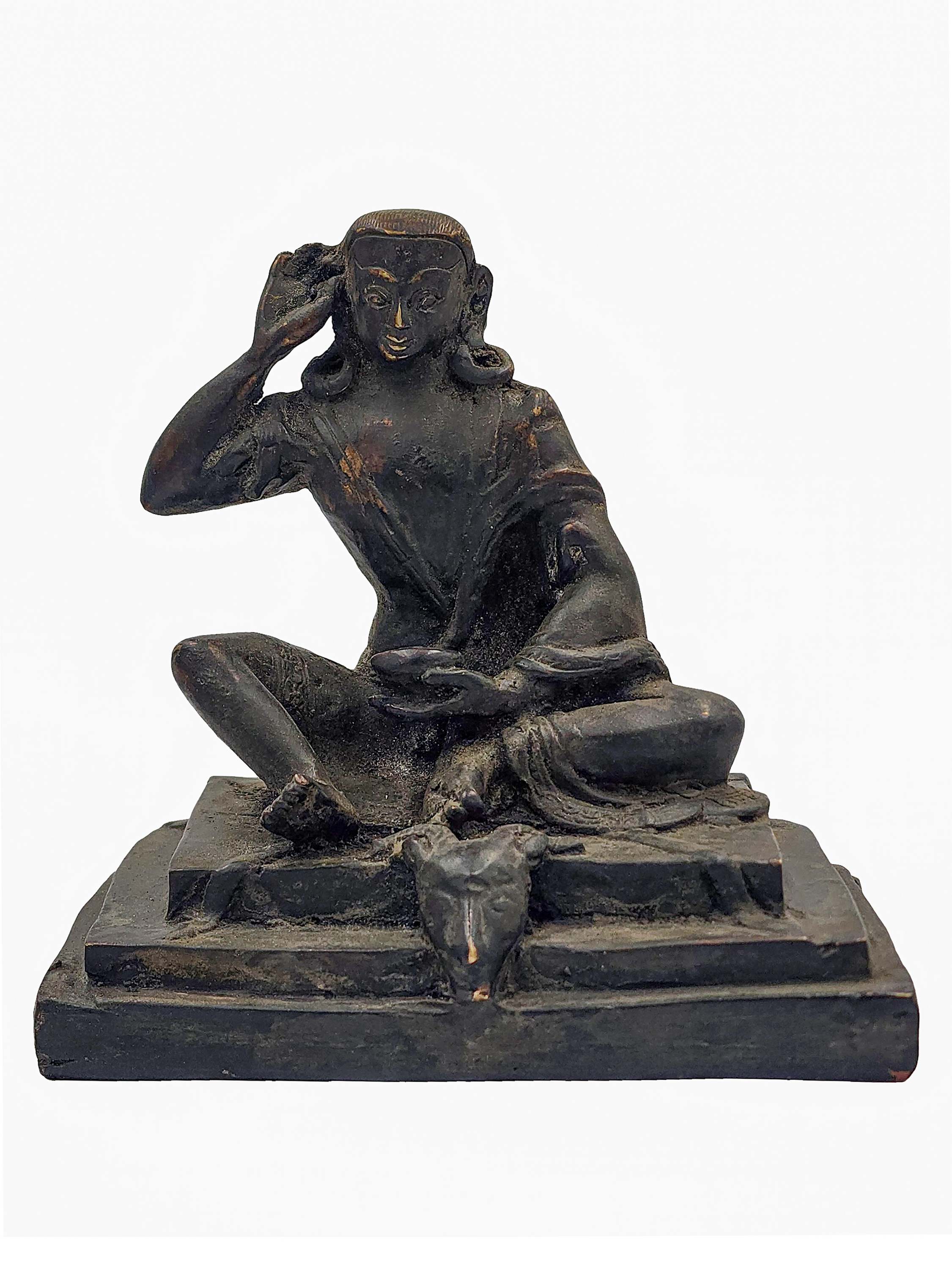 of Milarepa,
of Milarepa, 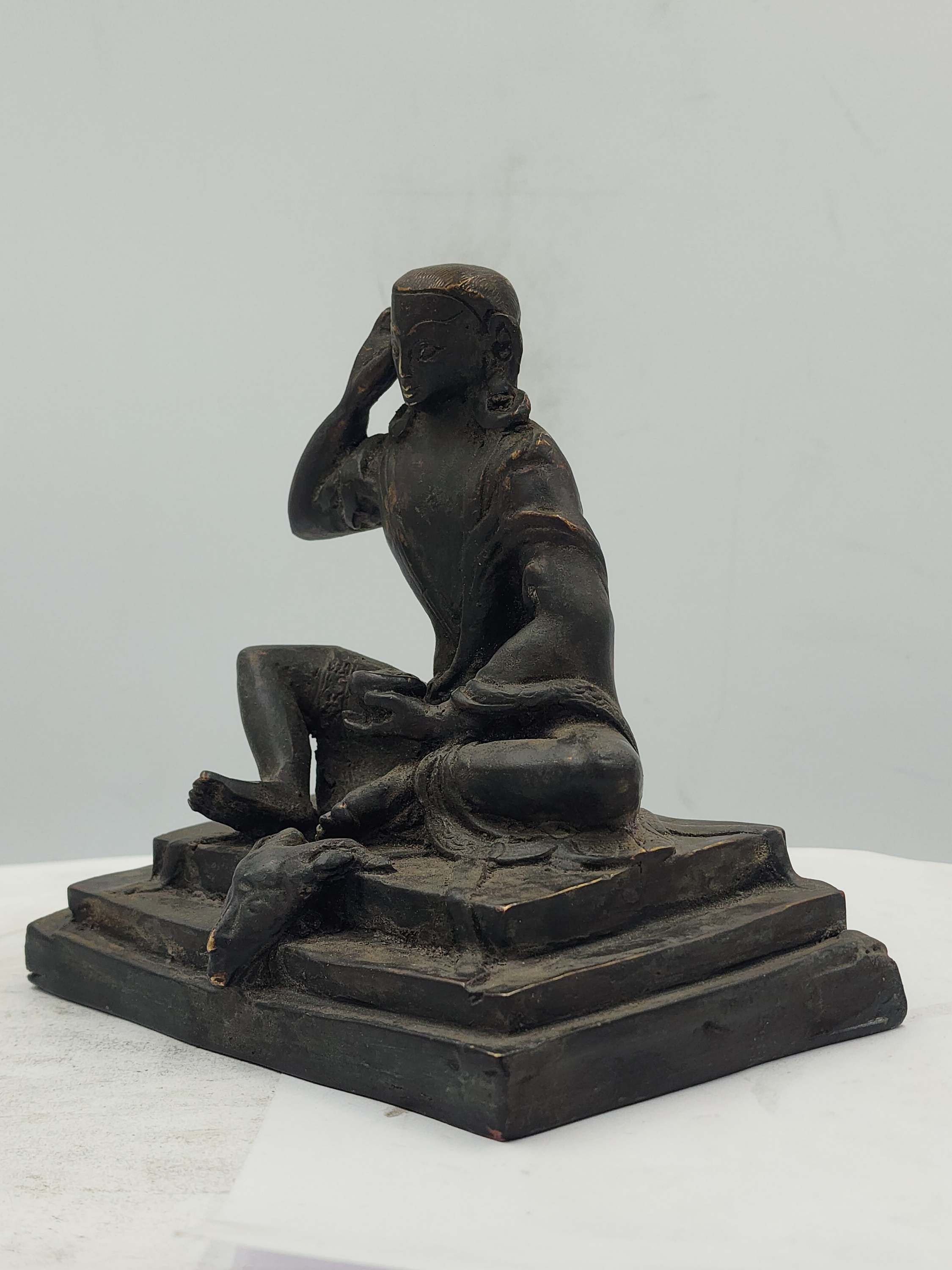 of Milarepa,
of Milarepa, 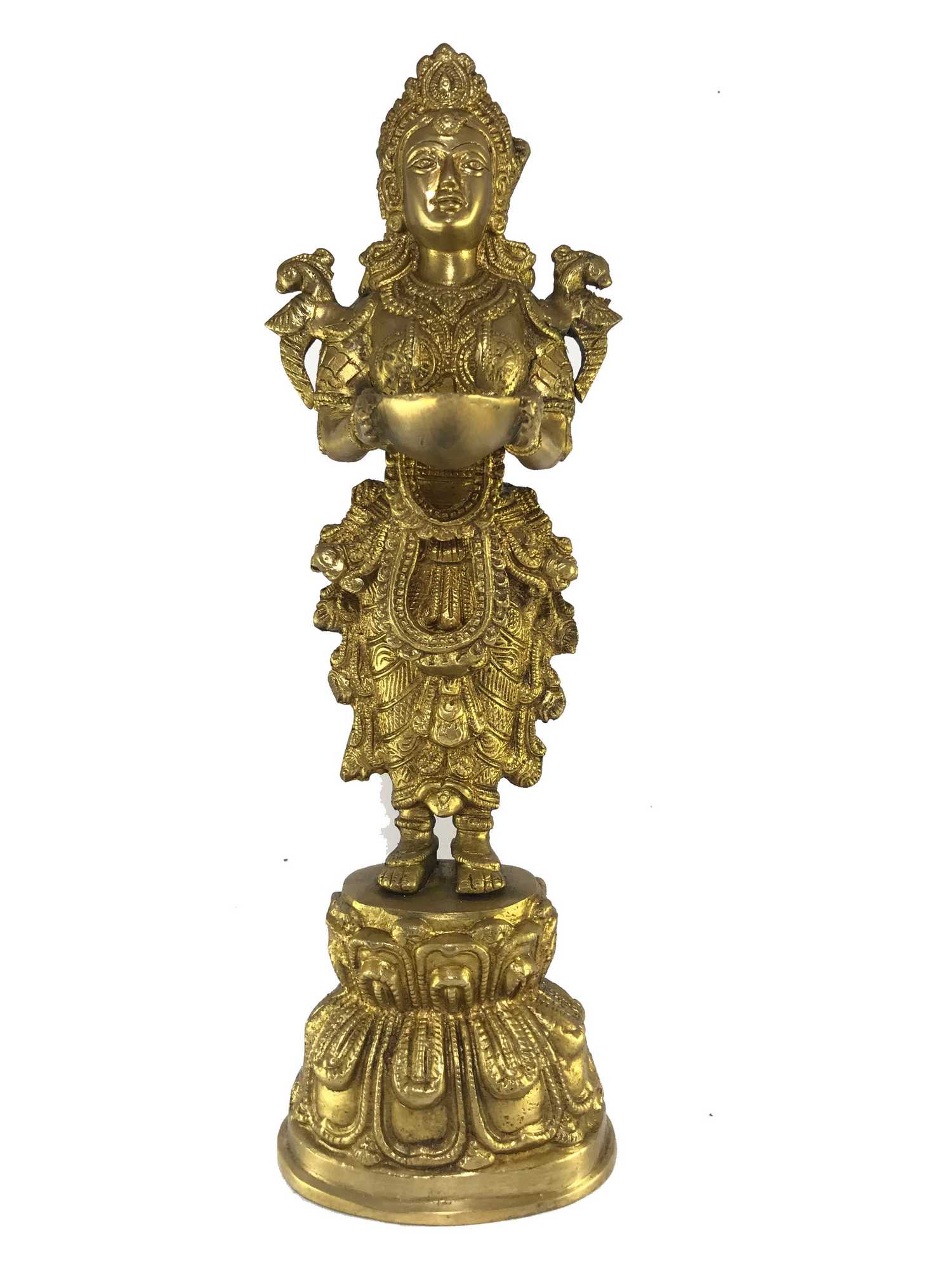 of Gandharva Candle Stand" title="Statue
of Gandharva Candle Stand" title="Statue 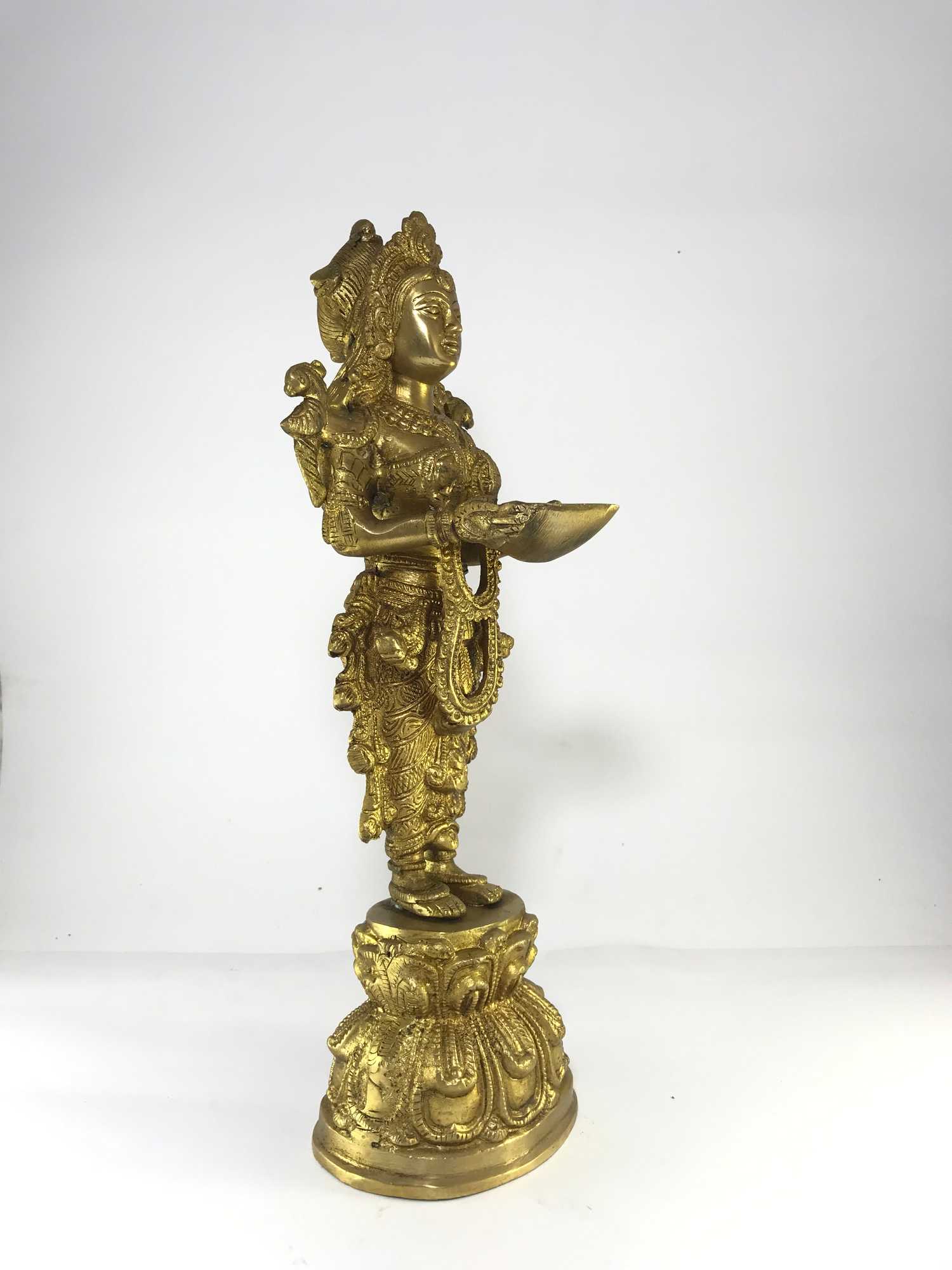 of Gandharva Candle Stand" title="Statue
of Gandharva Candle Stand" title="Statue  of Dholka Player
of Dholka Player 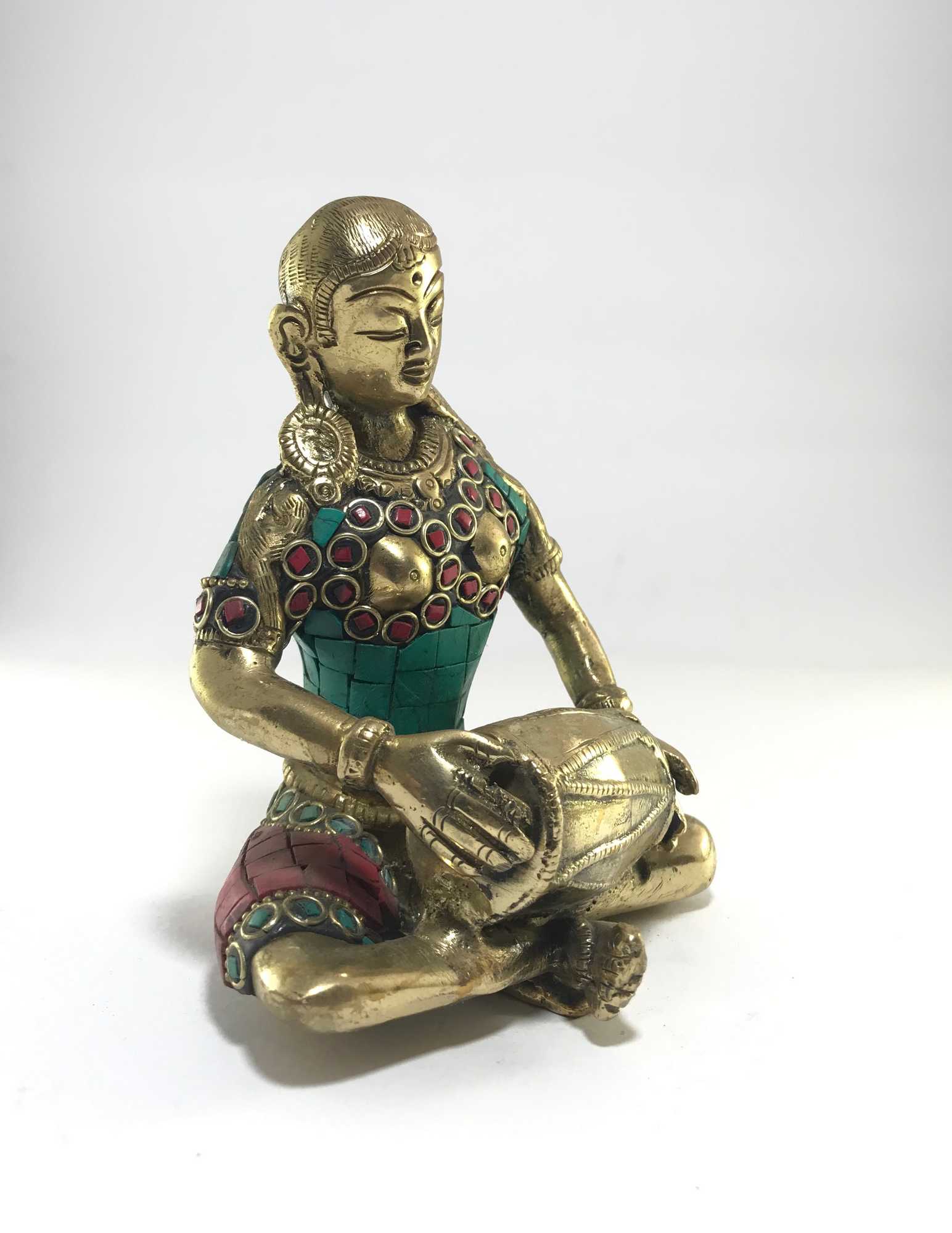 of Dholka Player
of Dholka Player 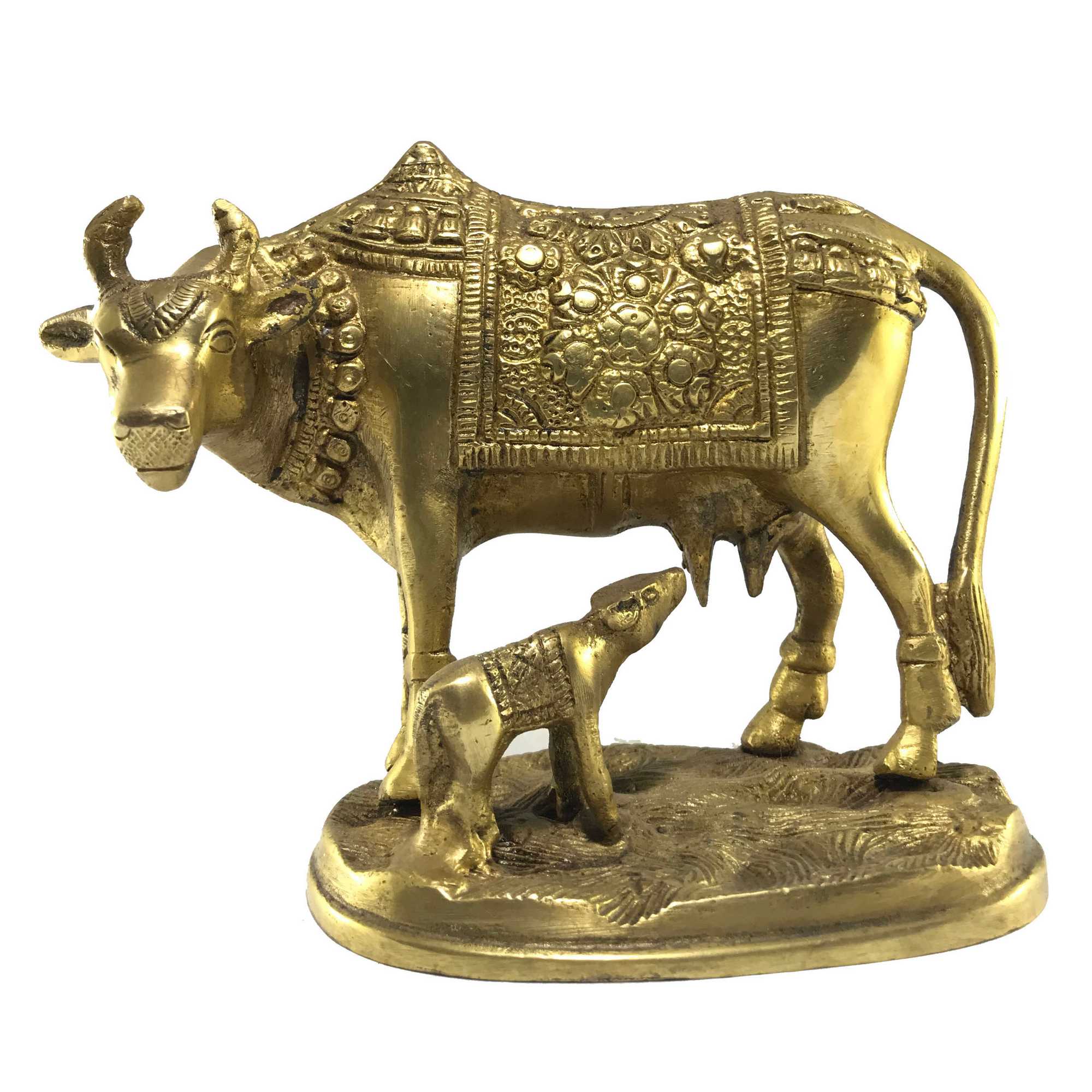 of Kamadhenu Cow" title="Statue
of Kamadhenu Cow" title="Statue 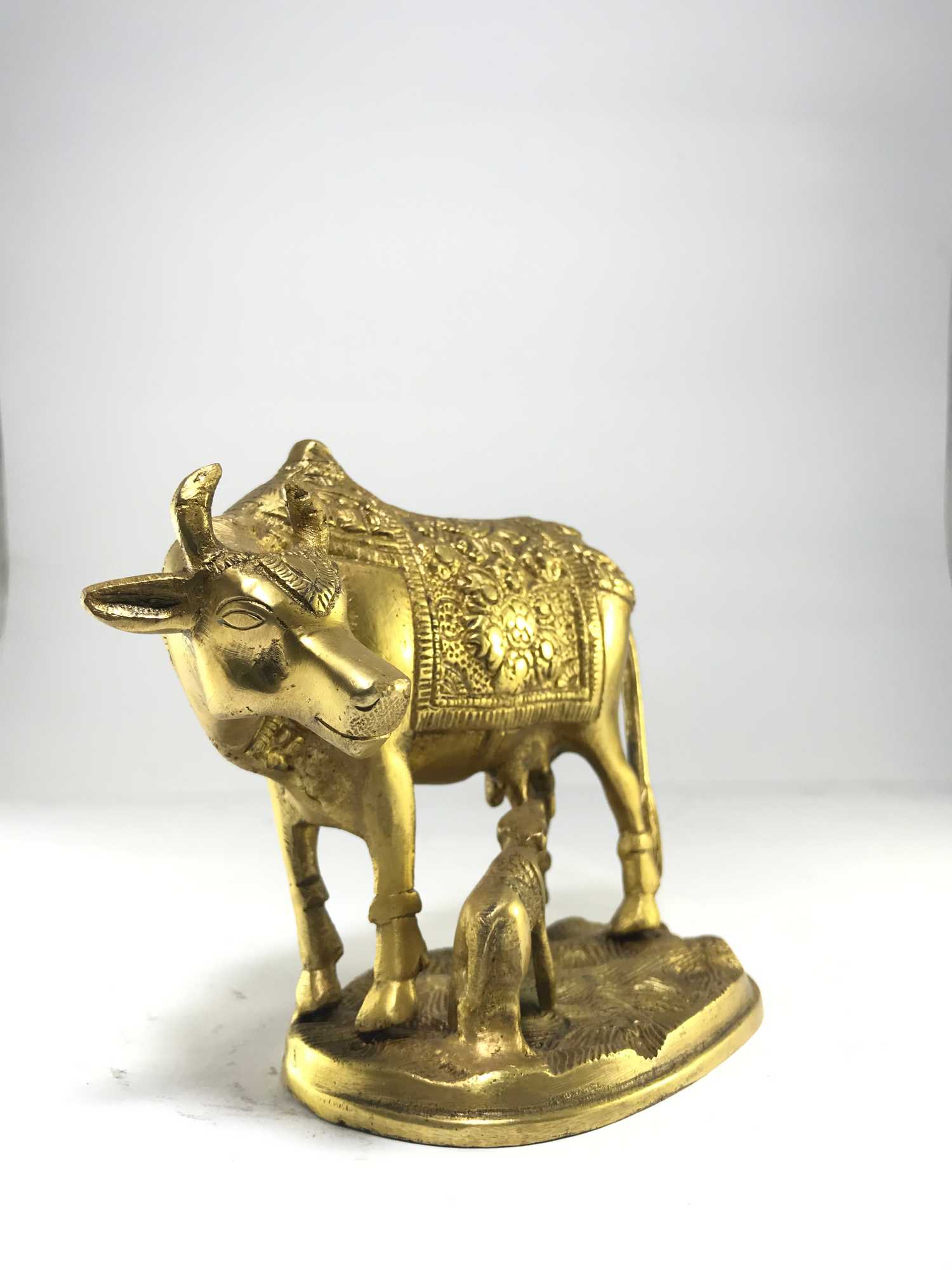 of Kamadhenu Cow" title="Statue
of Kamadhenu Cow" title="Statue  of Elephant Candle Stand" title="Statue
of Elephant Candle Stand" title="Statue 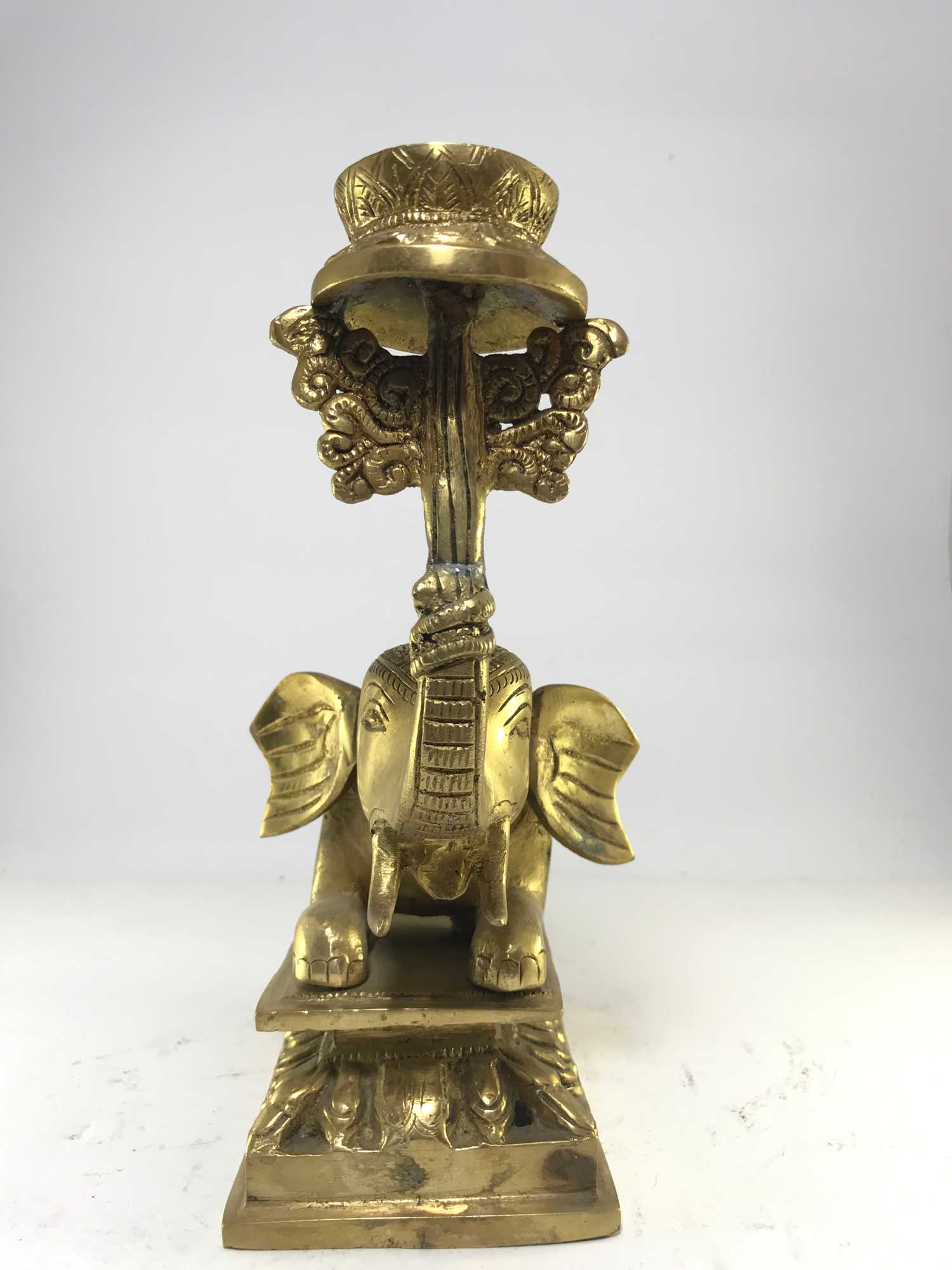 of Elephant Candle Stand" title="Statue
of Elephant Candle Stand" title="Statue  of Sai Baba On Thrown" title="Statue
of Sai Baba On Thrown" title="Statue 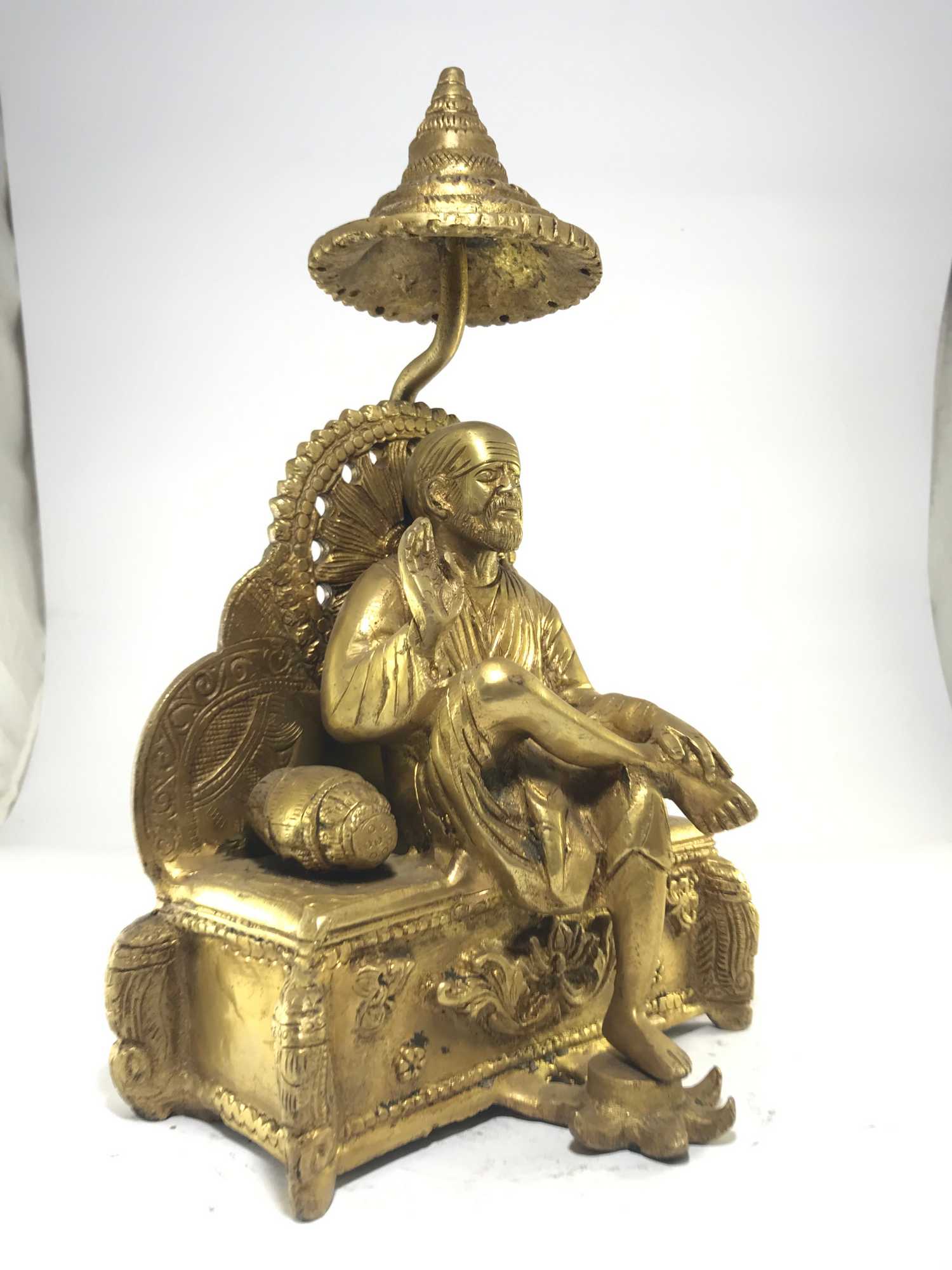 of Sai Baba On Thrown" title="Statue
of Sai Baba On Thrown" title="Statue 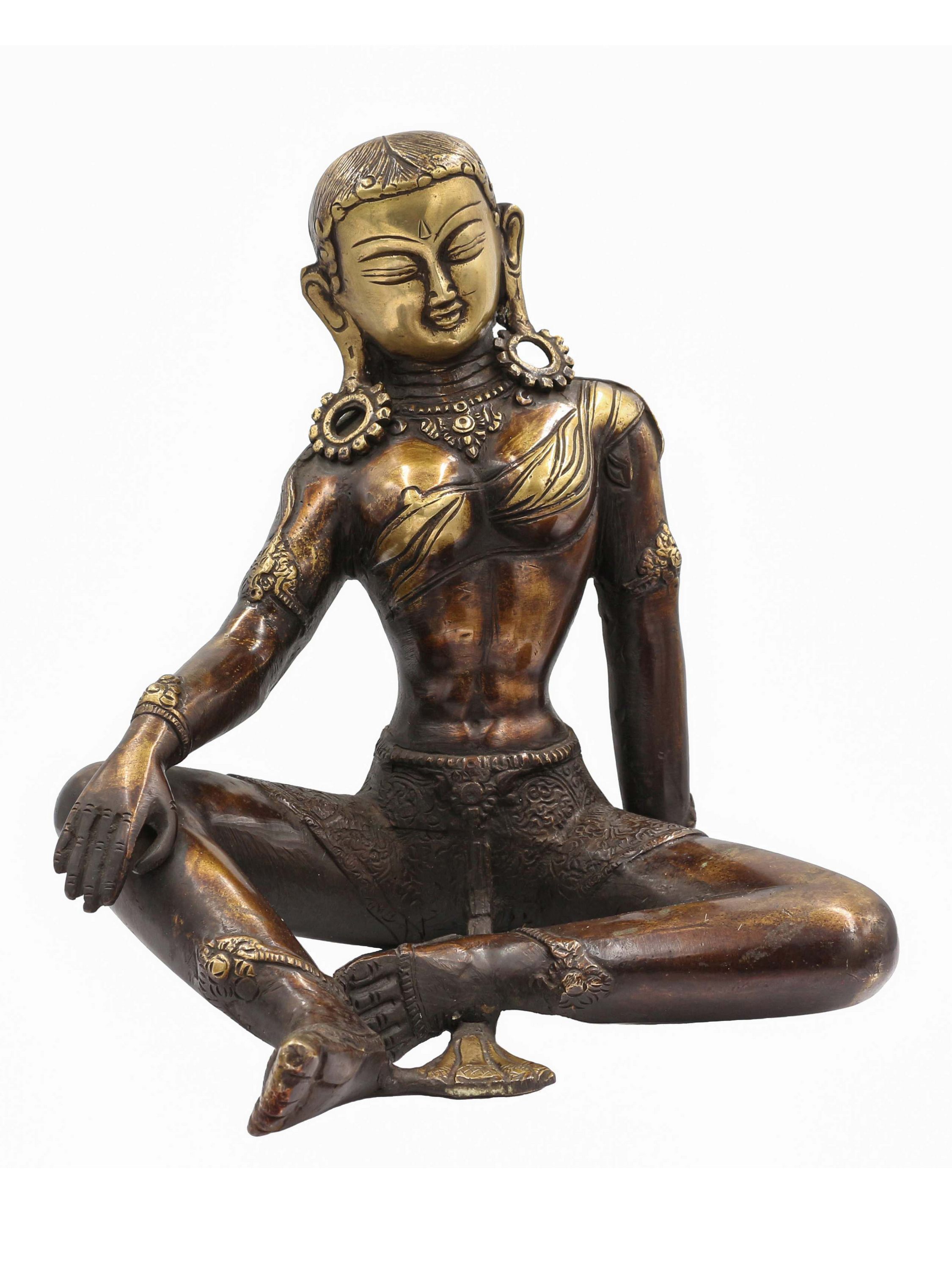 of Parvati,
of Parvati, 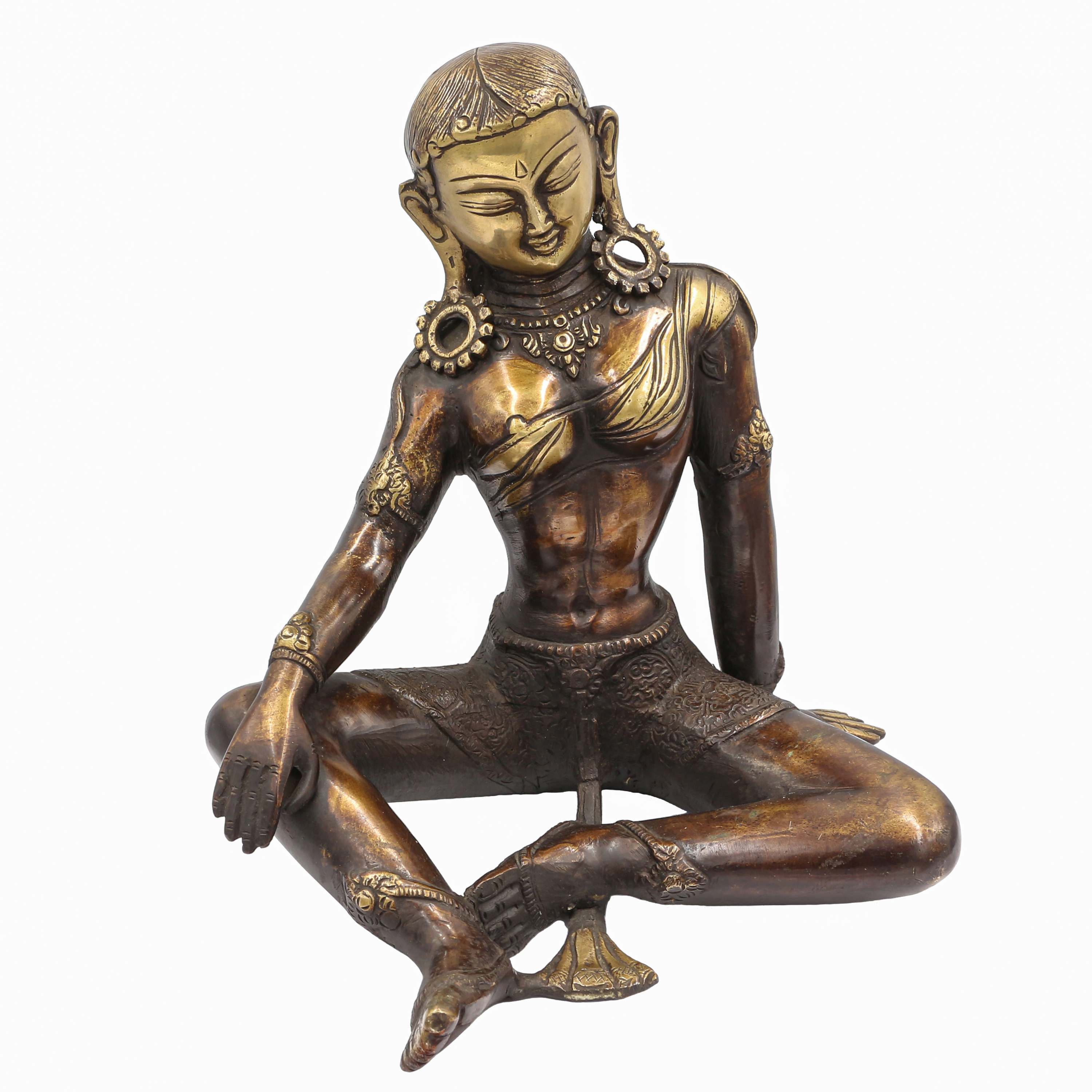 of Parvati,
of Parvati, 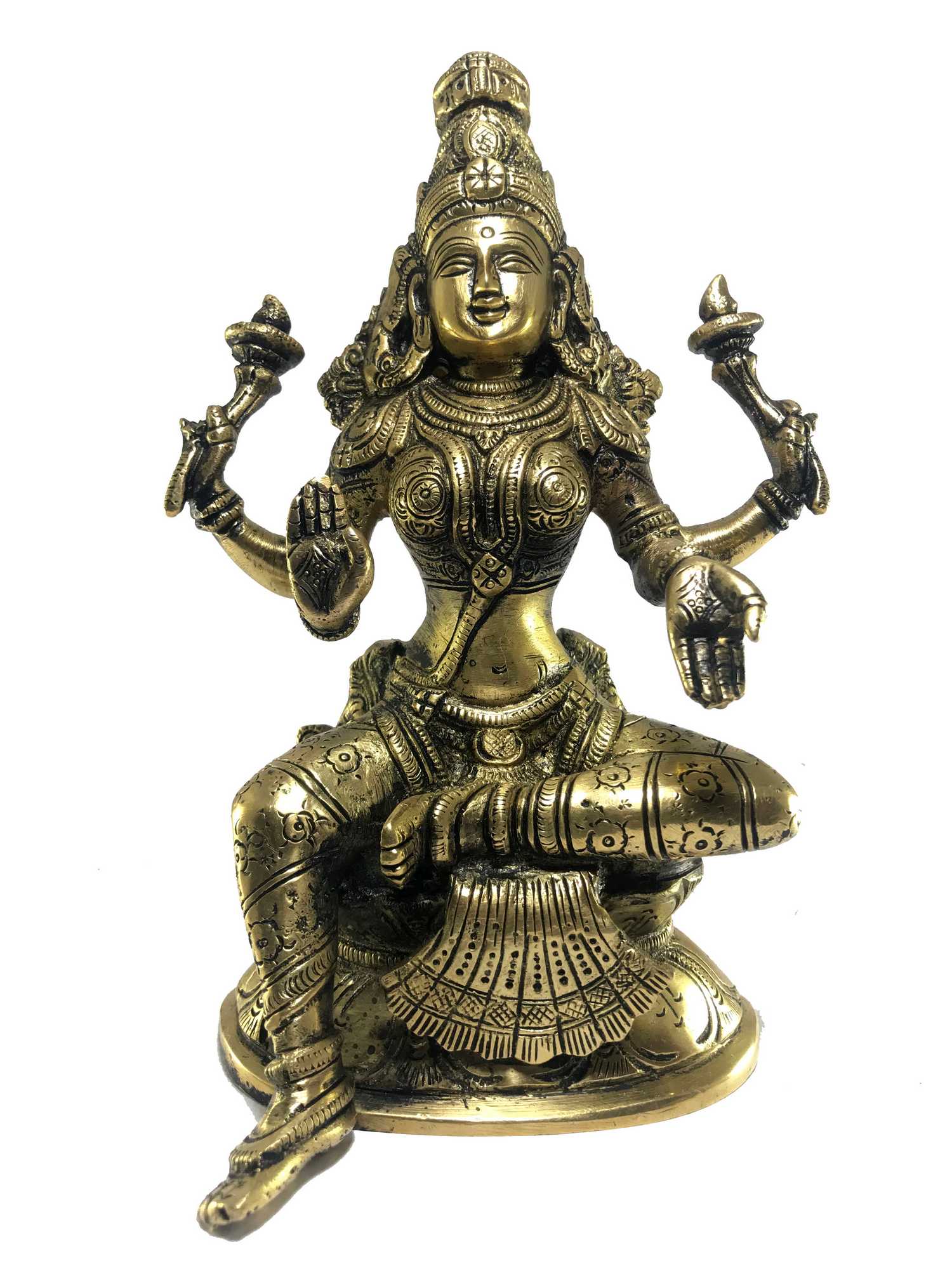 of Lakshmi,
of Lakshmi, 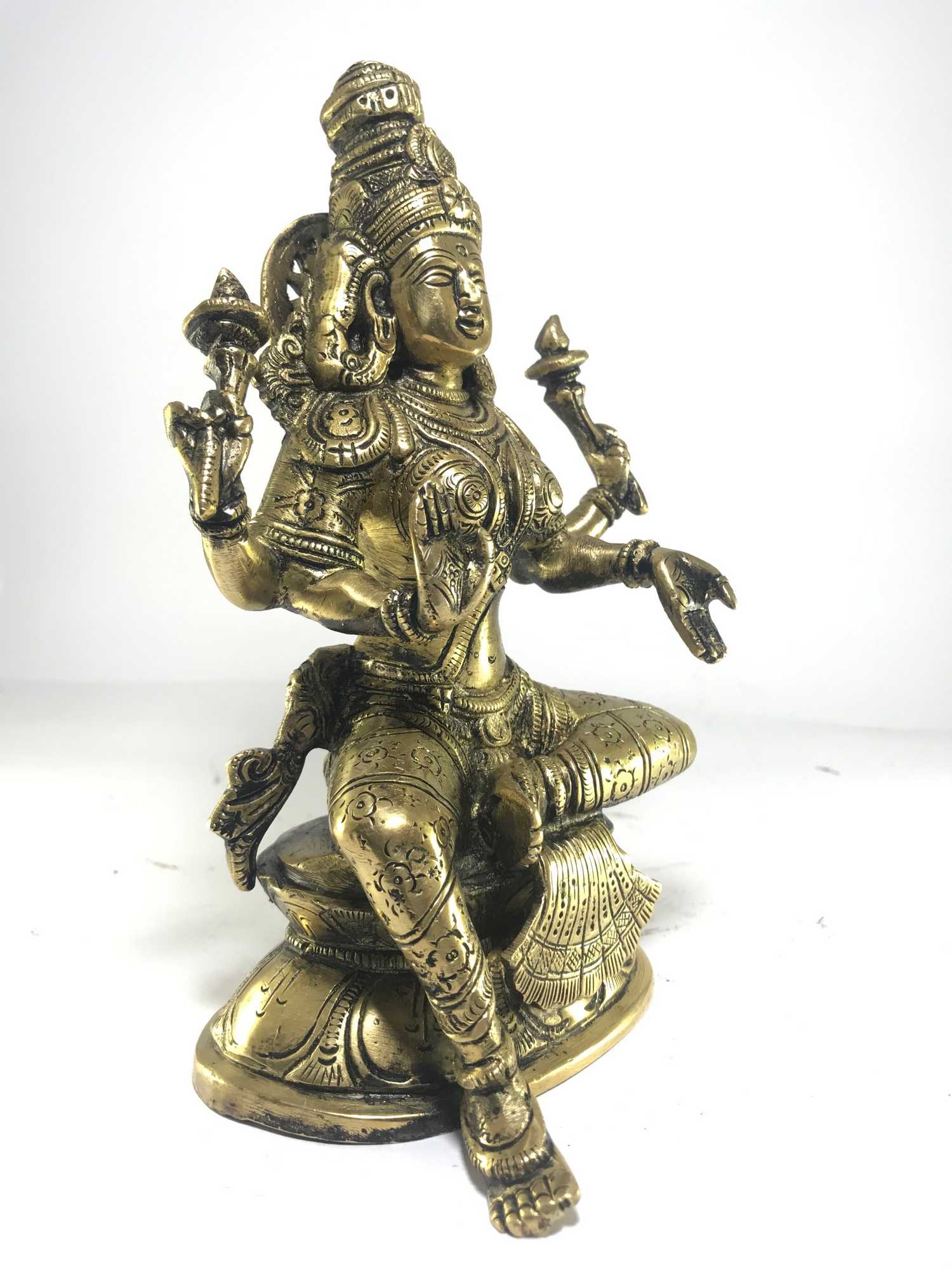 of Lakshmi,
of Lakshmi,